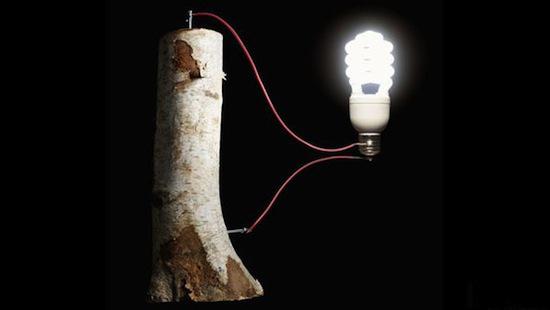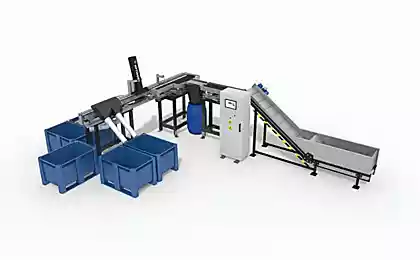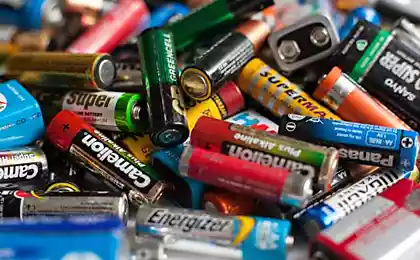Batteries can be made from wood

Batteries made of wood, covered with tin, can store huge amounts of energy and still be harmless to the environment.
In Maryland, with the support of the University of Maryland and the American National Science Foundation tested these environmentally friendly energy storage devices, which along with wood and tin are also expected to be used instead of the more expensive sodium, lithium, thereby reducing their cost. But at home assemble such a device will not work, "wooden batteries" is very difficult to manufacture.
In some modern batteries used too brittle materials, unable to withstand the huge number of compression and expansion. The advantage of wood is that being flexible, it can withstand a lot of cycles releasing electrons in the process of charging the battery.
The developers claim that at this stage, this battery can withstand up to 400 charges. Computer simulations showed that this is due to the ability of the wood fibers, "wrinkle" that effectively removes stress from them.
«The repeated passage of sodium ions through the tin anodes may eventually weaken the relationship of the latter with the base material. A soft wood acts as a mechanical buffer to adjust to fluctuations in tin - this is the secret of our long-lived sodium-ion batteries "- said Professor Li from the Department of Mechanical Engineering of the University of Maryland.
blockquote>«On invention have prompted the trees themselves: their fibers contain water, rich in minerals, so the wood can be stored in batteries and the electrolyte - the main active ingredient" - explains Liangbing Hu, assistant professor of materials science of the University of Maryland .
blockquote> Sodium is not as efficient stores energy as lithium, so the development will not be used, for example, cell phones: such a battery capable of storing large amounts of energy to be used in power plants that use the sun's energy.
via factroom.ru
























